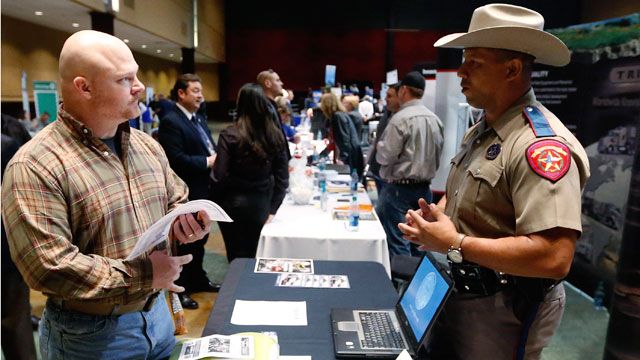This piece first appeared in Think Progress.

The country may celebrate the service and sacrifice of its veterans on Monday, but it does not make reentry into civilian life easy, particularly for today’s returning vets. They struggle to find jobs, grapple with poverty and its devastating effects, are disproportionately homeless and even when they do have a home many have recently suffered improper foreclosure. Once members of the military return home, here are some of the economic challenges they face:
1. Unemployment: While all veterans currently have an unemployment rate of 6.9 percent compared to the national average of 7.3 percent, recent vets are clearly having a tough time getting a job. Those serving since September 2001 have an unemployment rate of 10 percent, meaning 246,000 recent vets are out of work, a figure that has risen by 37,000 since last year. Recent female vets also have a higher rate than male ones, 11.6 percent compared to 9.6 percent. Recent vets are also more likely to have a service-related disability than in past periods — the figure is 28 percent for recent vets compared to 14 percent for all vets. About 70 percent of vets with service-related disabilities are in the workforce, compared to 87 percent of those without disabilities. While the unemployment rate for returning vets has been declining, the challenges they have faced in returning to the civilian workforce have been devastating and may be linked to higher suicide rates.
2. Poverty: In 2010, more than 986,000 veterans under age 64 faced poverty during the previous year. Their exposure to poverty makes the safety net all the more crucial for veterans: One in five households that relies on the Low Income Home Energy Assistance Program (LIHEAP) has a veteran in it and they also rely on food stamps from the Supplemental Nutrition Assistance Program (SNAP). That’s why the recent automatic SNAP cut is impacting about 900,000 veterans. LIHEAP is on the sequestration chopping block, while food stamps are likely to be cut even further during negotiations over the farm bill.
3. Homelessness: Veterans are disproportionately likely to experience homelessness. While they make up seven percent of the general population, they are 13 percent of adults who are homeless. In a recent survey of homeless people in San Francisco, more than a quarter had served in the military and on a given night in 2012, the Department of Housing and Urban Development estimates that over 62,000 veterans were without a home. While homeless vets tend to be male, female veterans make up the fastest growing segment of the homeless population.
4. Mortgage problems: Foreclosure rates among members of the military have been very high since the crash in 2008. More than 20,000 active-duty veterans and reservists with government-sponsored mortgages lost their homes in 2010. That figure was up 32 percent from 2008 and was the largest loss since 2003. Worse, up to 5,000 active members of the military may have been improperly foreclosed on thanks to robo-signing and falsified paperwork, while others were overcharged on their mortgages. The Consumer Financial Protection Bureau is on the case in protecting veterans, and President Obama announced a plan to address improper foreclosures in early 2012 that had a particular emphasis on helping military veterans.


